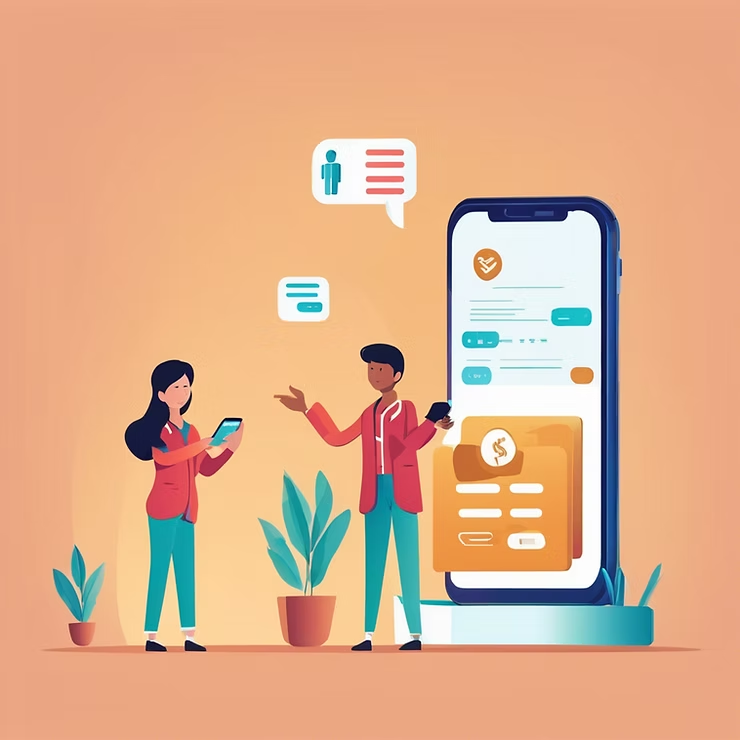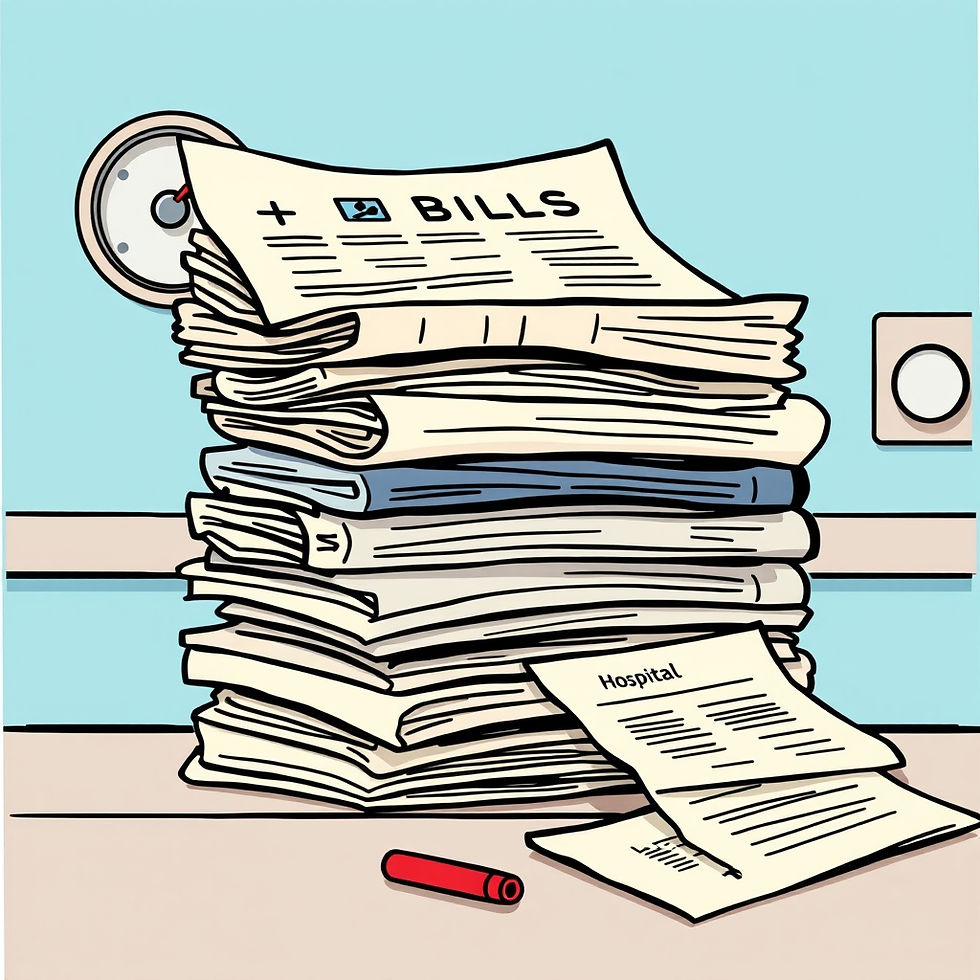Embracing Digital Payments in Healthcare: The Case for Google Pay, Apple Pay, Venmo, and PayPal
- Stanley Hastings
- Jun 11
- 4 min read

The adoption of digital payment solutions like Google Pay, Apple Pay, Venmo, and PayPal is becoming increasingly significant in healthcare. As facilities strive to enhance patient experience and streamline operations, these platforms offer a seamless, secure, and convenient way for patients manage financial transactions. Here’s why embracing these digital payment methods is making more sense than ever for healthcare providers.
Rising Popularity of Digital Payments
Digital payment adoption has surged in recent years. According to Statista, the global mobile payment transaction value is projected to reach $4.57 trillion in 2023, up from $1.97 trillion in 2017 . This explosive growth highlights a significant shift in consumer behavior, with more people preferring the convenience of mobile and online payments over traditional methods.
Benefits for Healthcare Facilities
Improved Cash Flow and Reduced Administrative Burden: Traditional billing methods are often slow and cumbersome, leading to delays in payment collection. Digital payments facilitate efficient transactions, improving cash flow and reducing the administrative burden of chasing down late payments. Healthcare providers can process payments faster, leading to more efficient financial management.
Enhanced Patient Experience: Patients today expect the same level of convenience in healthcare payments as they do in other aspects of their lives. Offering digital payment options like Google Pay, Apple Pay, Venmo, and PayPal meets these expectations, enhancing patient satisfaction. A study by NRC Health found that 51% of patients prefer healthcare providers who offer digital billing options .
Security and Compliance: Security is a paramount concern in healthcare transactions. Digital payment platforms invest heavily in advanced security measures, including encryption and tokenization, to protect sensitive financial information. These platforms comply with stringent regulations, ensuring that healthcare facilities remain compliant with laws such as HIPAA (Health Insurance Portability and Accountability Act).
Convenience and Accessibility: Mobile payments are accessible anywhere and anytime, allowing patients to pay their bills from the comfort of their homes or on the go. This convenience is particularly beneficial for patients with mobility issues or those living in remote areas. According to a survey by PwC, 45% of consumers believe that convenience is the most critical factor when choosing a payment method .
Specific Advantages of Each Platform
Google Pay: Google Pay offers a seamless integration with Android devices, which dominate the global smartphone market with a 72.2% share as of 2023 . Its user-friendly interface and widespread adoption make it a viable option for healthcare providers looking to tap into a broad user base.
Apple Pay: With over 507 million users globally, Apple Pay is a powerful payment method, particularly among iPhone users . Its robust security features, such as Face ID and Touch ID, provide an added layer of protection for healthcare transactions.
Venmo: Known for its social payment capabilities, Venmo continues to expand its services. Venmo’s ease of use and popularity among younger demographics (with 70 million users in the U.S. alone) make it an attractive option for healthcare facilities targeting a younger patient base .
PayPal: As one of the most established online payment platforms, PayPal boasts 392 million active users worldwide . Its extensive integration with various online services and high level of trust among consumers make it a reliable choice for healthcare payments.
Data Trends Supporting Digital Payment Adoption
Several data trends underscore the necessity for healthcare facilities to adopt digital payment solutions:
Increasing Mobile Payment Usage: A report by eMarketer projects that 79% of smartphone users in the U.S. will use mobile payments by 2025, up from 47% in 2020 . This growth indicates a significant shift towards mobile transactions, making it imperative for healthcare providers to offer these options.
Consumer Preference for Digital Billing: A survey conducted by Healthcare Finance found that 70% of patients are more likely to pay their medical bills if digital payment options are available . This preference highlights the growing demand for digital payment solutions in healthcare.
Reduction in Payment Delays: According to the Medical Group Management Association (MGMA), practices that implemented digital payment solutions saw a 30% reduction in the time it took to collect payments . This efficiency is crucial for maintaining healthy revenue cycles.
Conclusion
As the healthcare industry continues to navigate the challenges of the digital age, adopting advanced payment solutions like Google Pay, Apple Pay, Venmo, and PayPal is not just a trend but a necessity to stay connected with patients. These platforms offer numerous benefits, including improved cash flow, enhanced patient experience, robust security, and unparalleled convenience. By integrating these digital payment methods, healthcare facilities can stay ahead of the curve, meet patient expectations, and ensure smoother financial operations. If your team would like to demo our online bill pay solution which includes these options, please contact us.
References:
Statista, Mobile Payment Transaction Value Worldwide.
NRC Health, Consumer Patient Trends in Healthcare.
PwC, Consumer Digital Payment Preferences.
StatCounter, Mobile Operating System Market Share Worldwide.
Apple, Apple Pay Usage Statistics.
Venmo, User Demographics and Growth.
PayPal, Active User Statistics.
eMarketer, Mobile Payment Adoption Rates.
Healthcare Finance, Patient Payment Preferences.
MGMA, Digital Payment Solutions Impact on Payment Collection.
.png)




Comments